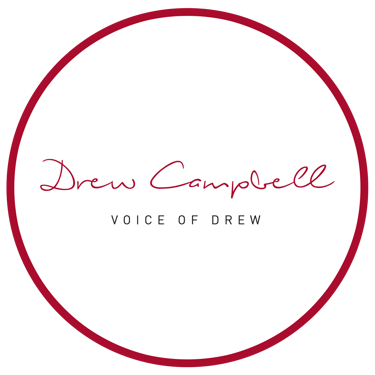Exhibition and Curation Skills
Professional Presentation for Creatives
PROFESSIONAL DEVELOPEMENT
Drew Campbell
10/23/20254 min read
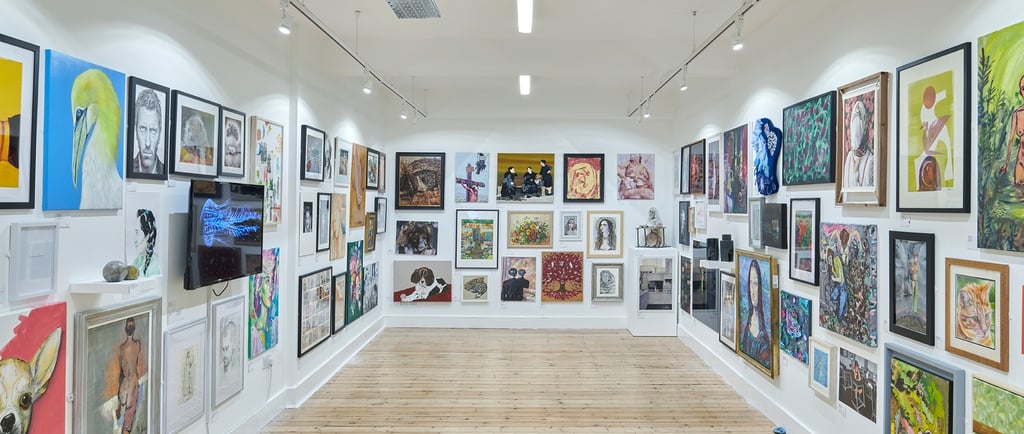

Exhibition and Curation Skills: Professional Presentation for Creatives
Creating excellent work is only half the battle. How you present and exhibit that work often determines whether you'll be remembered or overlooked. Exhibition skills encompass curation, event management, and professional presentation, capabilities every creative professional needs.
Essential Curation Principles
Curation requires thinking beyond individual pieces. Consider the visitor journey through your space. Whose work complements whose? What story does the exhibition tell as a whole? Professional curators coordinate displays to create cohesive narratives rather than random collections.
When you display work, you create what Paul calls an "interface", the moment between your creation and audience perception. What you think your work communicates and what audiences actually perceive can differ significantly. Testing work on peers and the public helps you understand how it's truly being received.
Why Exhibition Skills Matter
An exhibition isn't just hanging work on walls. It demonstrates project management, curation ability, and professional standards. Each exhibition builds confidence, creates networking opportunities, and provides immediate audience feedback. Graduate resident Paul Forsyth puts it simply: "The fact that somebody's made it means it's worth showing."
Practical Display Techniques
You don't need expensive equipment for a professional presentation:
Bulldog clips method: Two clips, top and bottom, with a supporting strip, create raised mounting that looks gallery-quality and allows easy weekly rotation of work.
Power planning: Always check power point locations first—they determine what you can display where.
Large format prints: Create more impact than multiple small images and install more easily.
Professional Interpretation Matters
Never underestimate signage and labelling. Every exhibition needs:
Introduction panels explaining what the exhibition covers, who created it, and how to engage further (QR codes, social media).
Individual labels with artist name, title, medium, and year. Zero tolerance for spelling errors—they undermine otherwise excellent work.
Visual consistency through readable fonts and coherent identity throughout all materials.
Sophie Atkinson's contribution to the Masters is an excellent example (image 1)
Venue Opportunities
Exhibition opportunities exist everywhere beyond traditional galleries. I've experienced this firsthand; several years ago, I had original artwork displayed in a Carlisle gallery. They were named Dream1, 2, and 3 (Image 2, Image 3, Image 4). While the work didn't sell, the experience was invaluable. That artwork now hangs in my home, and the confidence gained from exhibiting professionally has informed every project since.
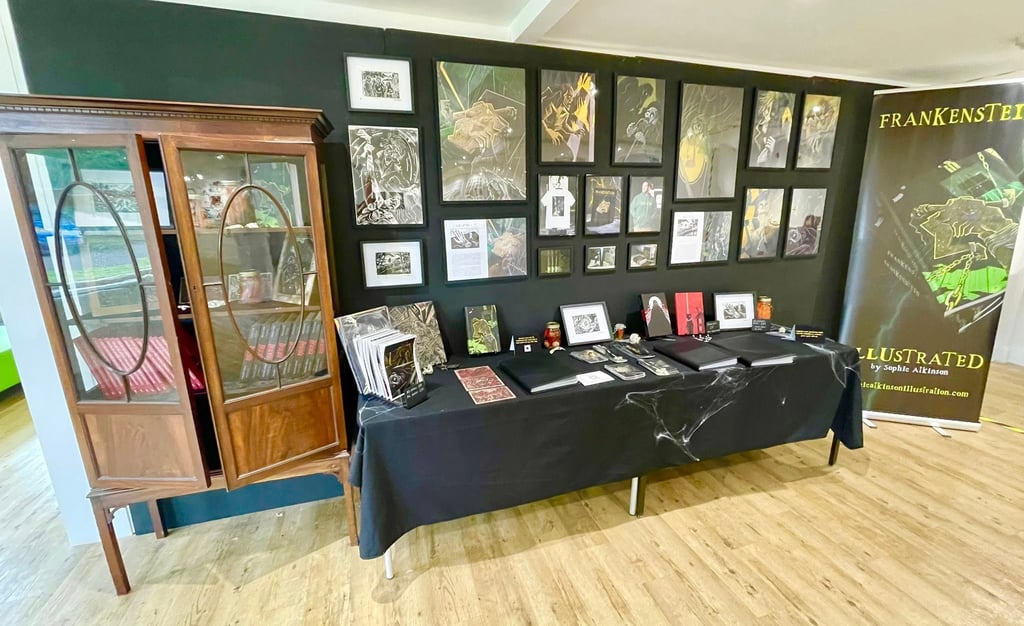

This is Sophie Atkinson's exibition at the Vallum gallery for the Masters exebition. Image 1
Physical spaces: Dedicated galleries, corridors, display cabinets, outdoor spaces, local cafés and restaurants. You can sell work in commercial venues, keeping 70-75% and giving them 25-30% commission. Pop-up spaces in shopping centres, empty shops, community venues, and heritage sites all offer possibilities.
Digital platforms: Exhibition isn't limited to physical spaces. My music is available on Spotify and other streaming platforms (Image 5), while my voiceover work is showcased online; this digital presence has been recognised at The One Voice Awards in London (Image 6). Online portfolios, streaming platforms, and digital showcases are equally valid exhibition spaces in 2024.






Dream1 Image 2
Dream3 Image 4
Dream2 Image 3
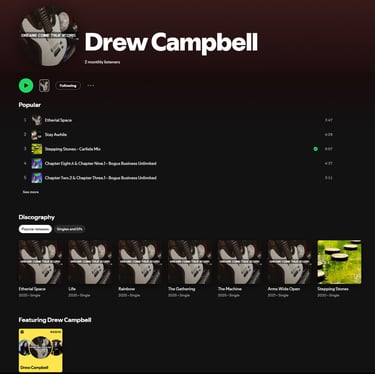

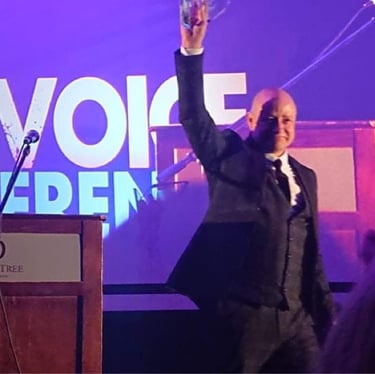

My music on Spotify Image 5
Me accepting my One Voice Award Image 6
Promotion and Pricing
An exhibition nobody knows about is a missed opportunity. Promote through press releases to local media (journalists need content), social media with consistent hashtags, posters in high-traffic areas, and private view events with refreshments.
When exhibiting work for sale, price professionally. Arts Council England recommends £27.05-£29.50 per hour as starting rates. Your price should reflect time, talent, materials, and overhead. Don't work for free unless there's a strategic benefit.
Building Experience Now
Don't wait for final degree shows to gain exhibition experience. Starting small builds confidence and skills gradually. Whether it's approaching a local gallery with your artwork, uploading music to streaming platforms, or creating an online portfolio for your voiceover work, each step develops your professional presentation capabilities. Not every exhibition results in sales, and that's okay. The experience, exposure, and confidence gained are equally valuable. Document everything for your professional portfolio.
Paul emphasises: "When you come to your degree show, it isn't the first time you've ever done it." Regular practice makes the difference between nervous first-timers and confident professionals.
Key Takeaway
Exhibition and curation skills transform you from someone who makes work into a professional who understands presentation, promotion, and sales. These skills prove essential for job applications, self-employment, and industry credibility.
The key is being proactive. Opportunities rarely come to you; you create them by approaching venues, organising shows, and consistently putting work out there. Remember: "Your brand is what people say about you when you're not in the room."(Forsyth, 2025) Make sure your exhibitions leave the right impression.
References:
Workshop notes: Exhibition and Curation Skills, Professional Development Module, P. ForsythOctober 2025
Business address: Voice of Drew, Carlisle, CA2 6ER | UTR: 7259771174 Copyright Drew Campbell 2024
